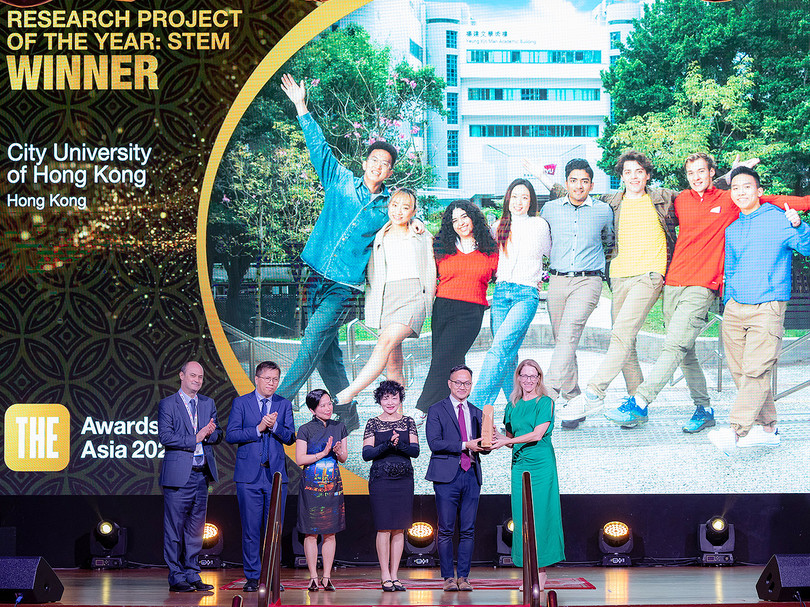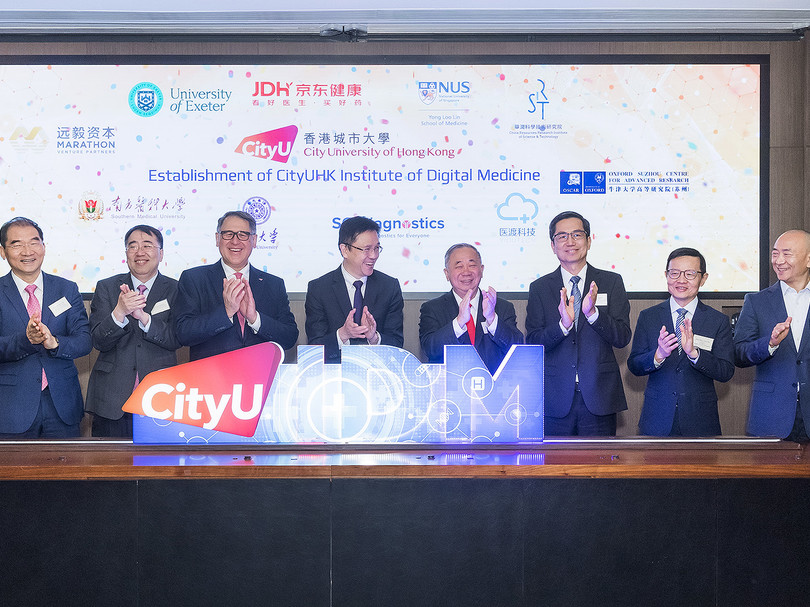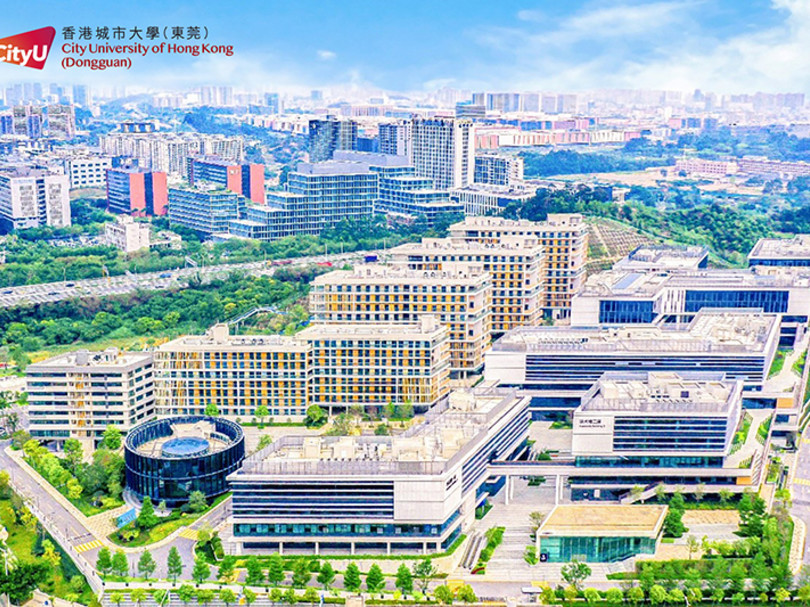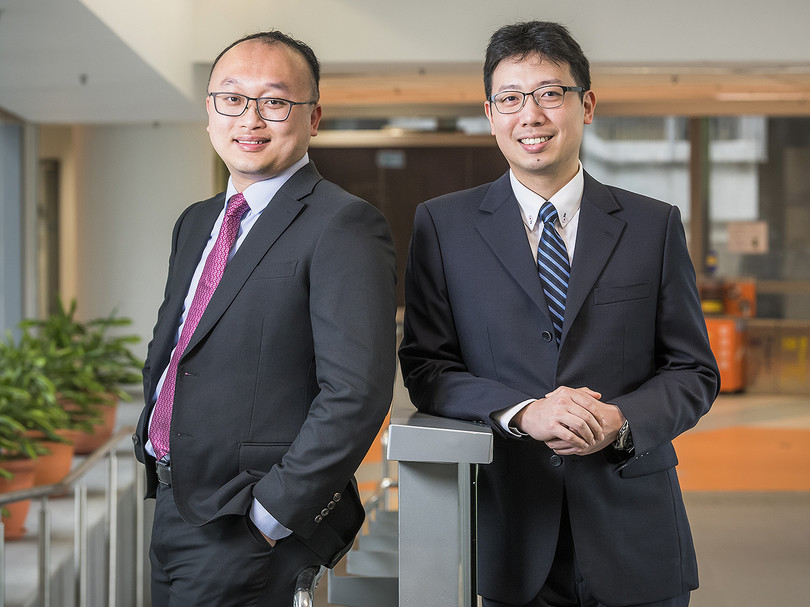Showing 1 to 5 of 5 results
When people talk about coating, they are primarily interested in coating for decoration, such as colour, or for tribological applications, that is, providing a hard surface which is resistant to wear and corrosion. "But this is only one part of coating," said Professor Haydn Chen, Chair Professor of Materials Science and Head of the Department of Physics and Materials Science (AP).
In an age when nanotechnology is hailed as a milestone in the advancement of science, when there is a demand for small appliances, when instrumentation allows the preparation of things small, when there is the equipment to characterize small things, to measure the structure and properties of small things, and when nano particles allow improved properties, it is natural that coating technology will form part of the trend.
Imagine a Hong Kong manufacturer taking a mould to Singapore for coating service. Soon after he returns, he has to send the mould back because it fails to meet his requirements. Not only has he invested his time and money but his competitiveness is also greatly undermined. This scenario was true several years ago in Hong Kong.
Research proposals led by two CityU scientists won HK$5.6 million, one-third of the total amount allocated to local universities in the 2001-2002 Research Grants Council Central Allocation Grants. Professor Michael Hung, Acting Head and Chair Professor in the Department of Manufacturing Engineering and Engineering Management and Chair Professor in the Department of Building and Construction, received HK$4 million for research into a non-destructive building inspection technique.
CityU researchers have unveiled the results of a series of projects that will dramatically improve the biomedical properties of blood contacting materials used in artificial implants for people with cardiovascular conditions.



